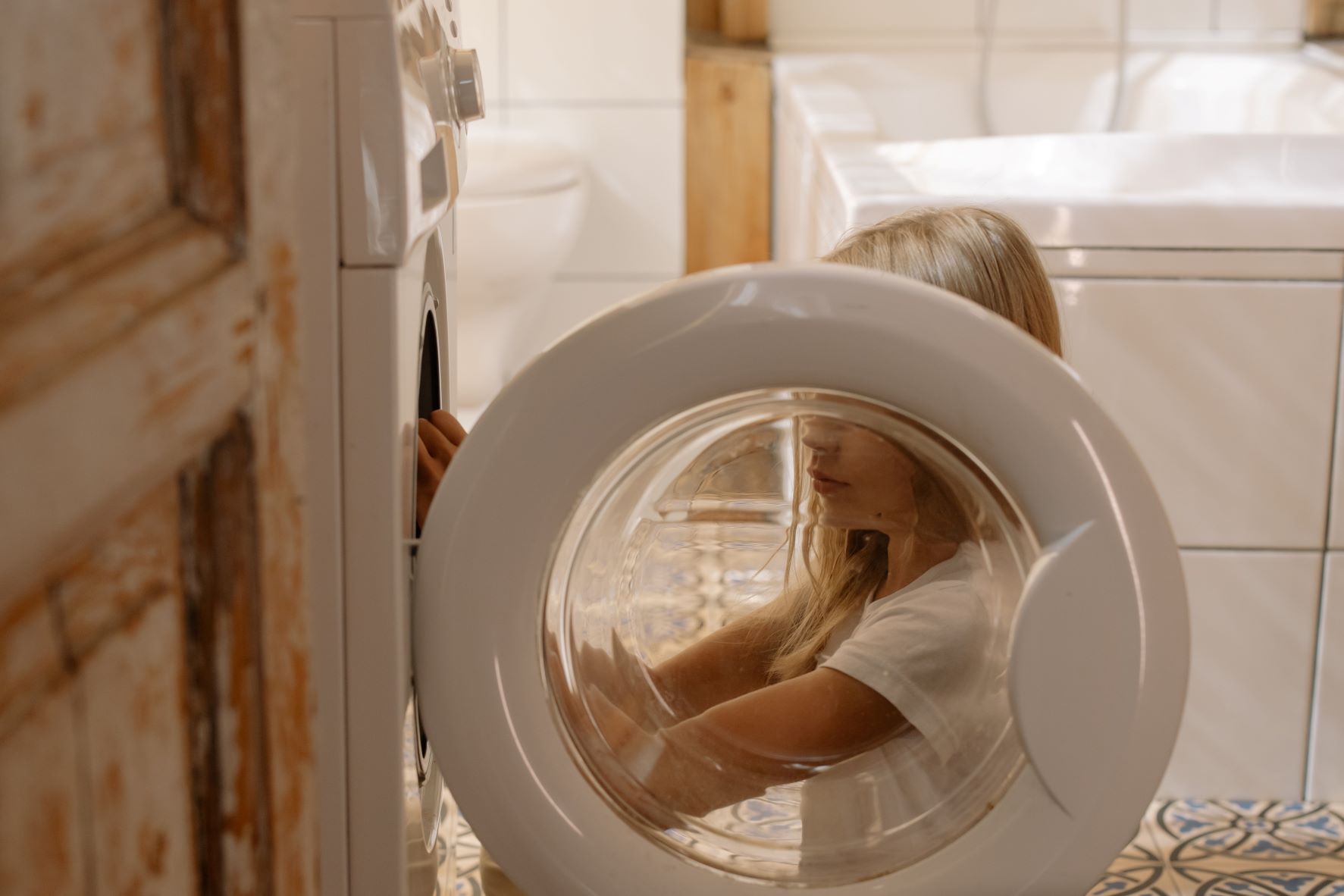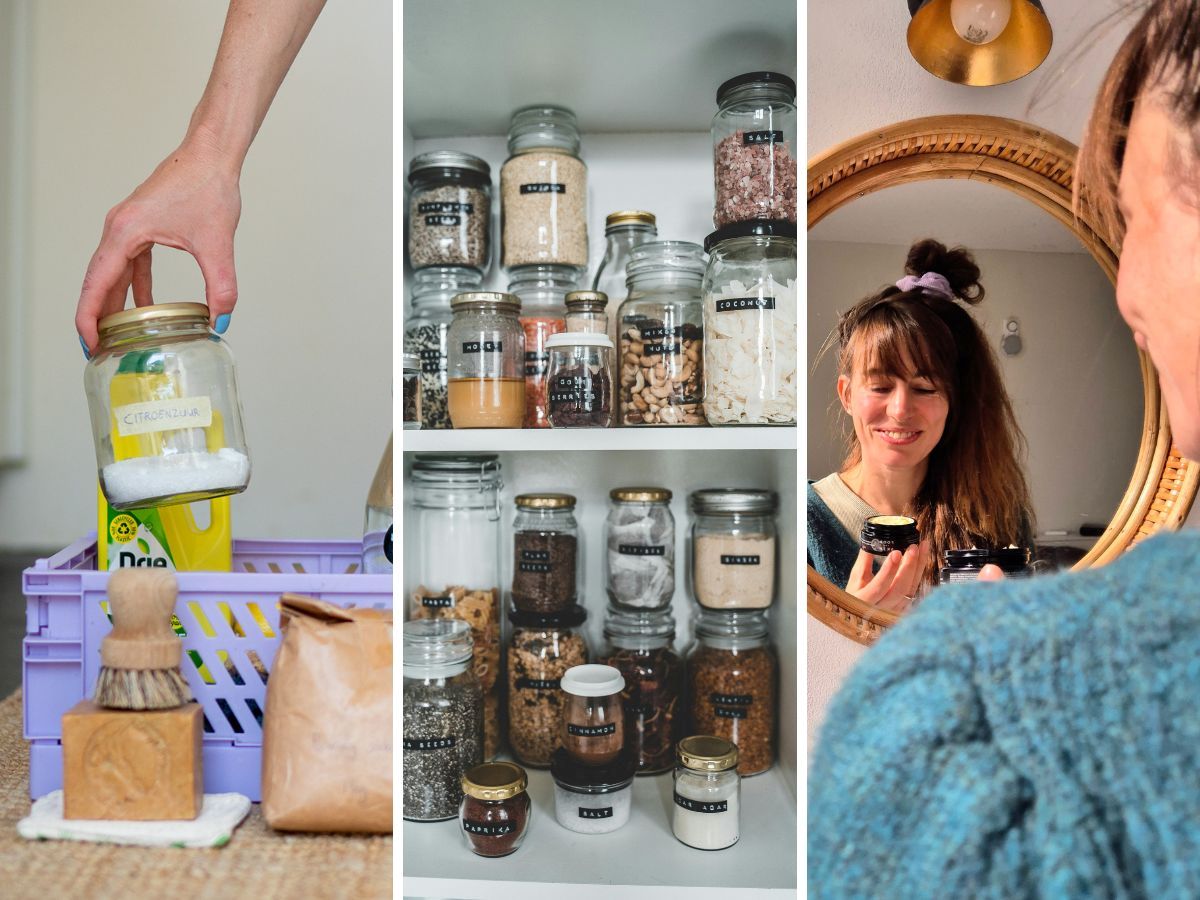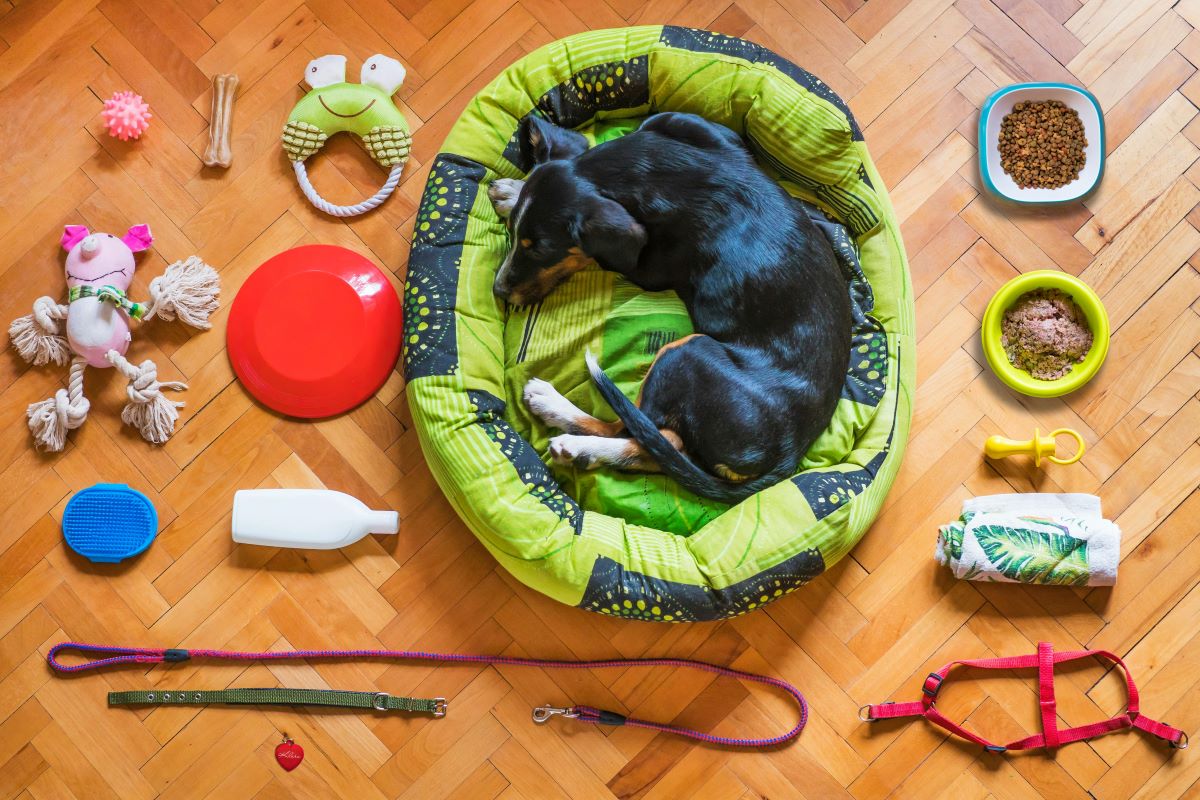We couldn't live without it: the washing machine. But we also know: that washing machine is quite an energy guzzler. How do you use this appliance more sustainably? We did some research and found out that your choice of detergent makes little difference - sustainably speaking. And so we had a few more eye-openers On sustainable washing, eco-friendly washing machines and eco detergent.
Sustainable washing: so what makes washing unsustainable?
The most polluting thing about getting dirty laundry clean is the energy and water consumption of your washing machine. This is according to research by Milieu Centraal. So, that's surprising! So even producing your machine from the manufacturer is less polluting than running all those washes together. And least interesting for the planet is your choice of detergent. That's a eye-opener for me. So, sustainable washing is mainly about saving energy and water by you. In this article, I dive into the world of sustainable washing. From machines to washing rituals and from detergent to maintenance: I have listed it all for you!
Energy-efficient machine
Washing machines, like all other electrical appliances, have a energy label. This label shows with a letter from A to G and with colours dark green to red how much energy the appliance uses. This way, you can easily compare washing machines. As crazy as it sounds, for both sustainable and budget reasons, it can therefore be smart to invest in a new energy-efficient washing machine. So, especially with the higher energy prices, your investment will pay for itself in no time! If you have some savings in the bank and decide to use them for a new energy-efficient washing machine, think carefully about what size drum best suits the size of your household. A large drum uses more water and energy and if you don't need it, it's just a waste of money and all the wasted energy. Another smart, sustainable solution: Rent an energy-efficient washing machine from Homie.
Economical use when washing
By washing at low temperatures like 20 or 30°C as much as possible, you will be washing most economically. For washing at 40-60°C, preferably use the eco setting on your washing machine. Find out exactly how eco mode works here. And only turn on the washing machine when the drum is full. With half a drum, your machine uses more power and water. How do you know if your washing machine is full? If you can just stick a hand in the top of the drum, you're fine. If you often wash at low temperatures, it's important to regularly run a hot wash at 60-90°C. This is a good place to use towels, bedding or cleaning cloths. This will keep your washing machine clean and prevent grease lice from forming. Lint is a build-up of detergent and dirt that tends to form at low temperatures and disappears again by washing at high temperatures. There is much more to tell about cleaning your washing machine: We have written a separate article on this.



Washing routine: wash only with a full drum, dose carefully (with eco-friendly detergent), set low temperature and eco mode.
Less washing
Best of all, of course, if that washing machine doesn't have to be on. Are there other ways to do get your clothes fresh without having to put that machine to work? Yes there certainly are. You can hang your clothes out near an open window more often, which will also freshen them up. If you have stains, you don't have to put the whole garment in the washing machine right away. You can also just treat the stain, which also makes a difference. We also have great tips for treating stains. Check them out here!
Do you have solar panels? Sunny day = wash day
Do you have solar panels? Then stamp a sunny day as a laundry day from now on. Turn on energy guzzlers, such as a washing machine or dishwasher, on days when the sun is shining and your panels are working nicely.
Drying on the line
A clothes dryer uses a lot of energy, but there are also many differences. Not surprisingly, old condenser dryers use (a lot) more energy than new models. Are you wedded to this appliance? We can well imagine so, because it really is an invention. Then buy a new energy-efficient heat pump dryer with an AA+++ energy label. It's really worth saving up for this; it can save as much as 70% in your energy consumption.
Line-drying your laundry is the most sustainable solution. And preferably, you dry your laundry outside on a clothesline. But if you don't have a garden and the weather is bad - which is not inconceivable, you have to make do with what you have. A laundry rack can also fit over a door or in a corner of your bedroom. And if you often have too much laundry that dries too slowly, consider an electric clothes rack or a centrifuge. This is more energy efficient than a dryer, but will dry your laundry faster than a ‘ordinary’ clothes rack. Does all this not go fast enough for you. Then let's get those heat pump dryer consider.
Sustainable laundry detergent: what do you choose?
If you wash with an energy-efficient machine at a low temperature, you are doing top-notch. But you can also make sustainable choices for detergent, especially when using it. Use the right amount of detergent sparingly. You can often wash your clothes perfectly clean with less detergent than the recommended dosage and some washing machines have an automatic dispenser that is often very economical and therefore well adjusted. So you save money and need less packaging. In the Netherlands, we have soft to medium soft water almost everywhere, so economical dosing is no problem. Check the hardness of the water in your area with your waterworks.
Detergent alternatives
In recent years, many alternatives to regular detergent have come on the market that are said to be more sustainable. Unfortunately, the Consumers' Association to that the washing results of laundry wipes, laundry nuts and laundry balls leave much to be desired. They also tend to cost much more than regular detergents. And that while substantiation for being sustainable is often lacking.
Detergent labels
Would you also like to make the very best sustainable choice in your laundry detergent? Then choose a detergent with a label such as COSMOS, EU Ecolabel or Nordic Swan Ecolabel. Detergents with such a sustainable label are: Seepje, Clock, Sonett or Ecover (Only the powder has an eco-label). Many people are also fans of laundry strips. The argument often given is ‘it's so nice that you don't have to bring plastic into the house anymore and therefore have less waste’. This is certainly true, but the big environmental advantage of laundry strips is that it can be transported in small packages - without water. This makes it much more efficient in transport; you can fit many more wax strips in a truck than litre bottles of detergent. Whether laundry strips contain eco-friendly ingredients is not easy to say. Every laundry strip brand has its own list of ingredients. These can be better, but also worse than regular detergent. You can read more about wax strips in this article.
If you want to cause less microplastic fibres, choose a liquid perfume-free detergent if you wash synthetic clothes, as this will release fewer microplastics, according to Milieu Centraal. Note: the terms eco, biodegradable and sustainable are no guarantee that a product has a label; you can only tell by the label of the relevant label. Anything can be said on a packaging.
Microplastics through washing
Microplastics released into nature by washing through drains are a major problem worldwide. You may not have thought about it, but clothes made of synthetic materials (including recycled PET) release microplastics when washed. To reduce this, there are a number of things you can do:
- As far as possible, buy clothes made of natural materials such as organic cotton, hemp, bamboo and LYOCELL (Tencel). Want to know more about materials? Then check out this article.
- Wash synthetic clothing sparingly and only wash it when really necessary.
- The hotter you wash clothes, the more microfibres are released. So yet another reason to wash cold(er).
- Preferably use liquid detergent: according to Milieu Centraal then fewer fibres come loose and also avoid fabric softener with a fragrance. I would add: choose eco-brand laundry detergent and use stain salt instead of fabric softener to remove odours and stains.
- On average, dryers come with 3.5 times more microplastics released as in the washing machine. So another reason to use the dryer less.
- There are several gadgets on the market to catch microplastics in your washing machine. Plastic Soup Foundation recommends subscribing to a washing machine filter from PlanetCare, this device attaches to the hose of your machine, but there are also other solutions such as a laundry bag from GuppyFriend or a Cora Ball. Furthermore, more and more washing machines have a built-in filter and it looks like this will become compulsory within a few years.



Microfibres of clothing, a rice pellet versus a microplastic fibre and a Cora Ball.
Sustainable washing
The bottom line is that the sustainability of the detergent you choose is almost negligible compared to the other choices you can make with washing. Investing in an economical washing machine, washing less and choosing low temperatures is the best you can do. Besides, economical dosing is a good choice for the environment. Good luck with washing! Or good luck hanging out clothes more often, we'd better say!
More sustainable tips from thegreenlist.nl
- Sustainable cleaning: how to get your washing machine sparkling clean.
- Did you already know this? Fleece is one of the most environmentally unfriendly fabrics.
- So is it true that swimwear releases microplastics? And is a swimming costume made of recycled PET more sustainable? See all about sustainable swimwear.
Sources: Milieu Centraal, Milieu Centraal. Photo credits: Cottonbro (Pexels) (main image), Karolina Grabowska (Pexels), Cora Ball, thegreenlist.nl & Mascha Bongenaar.












